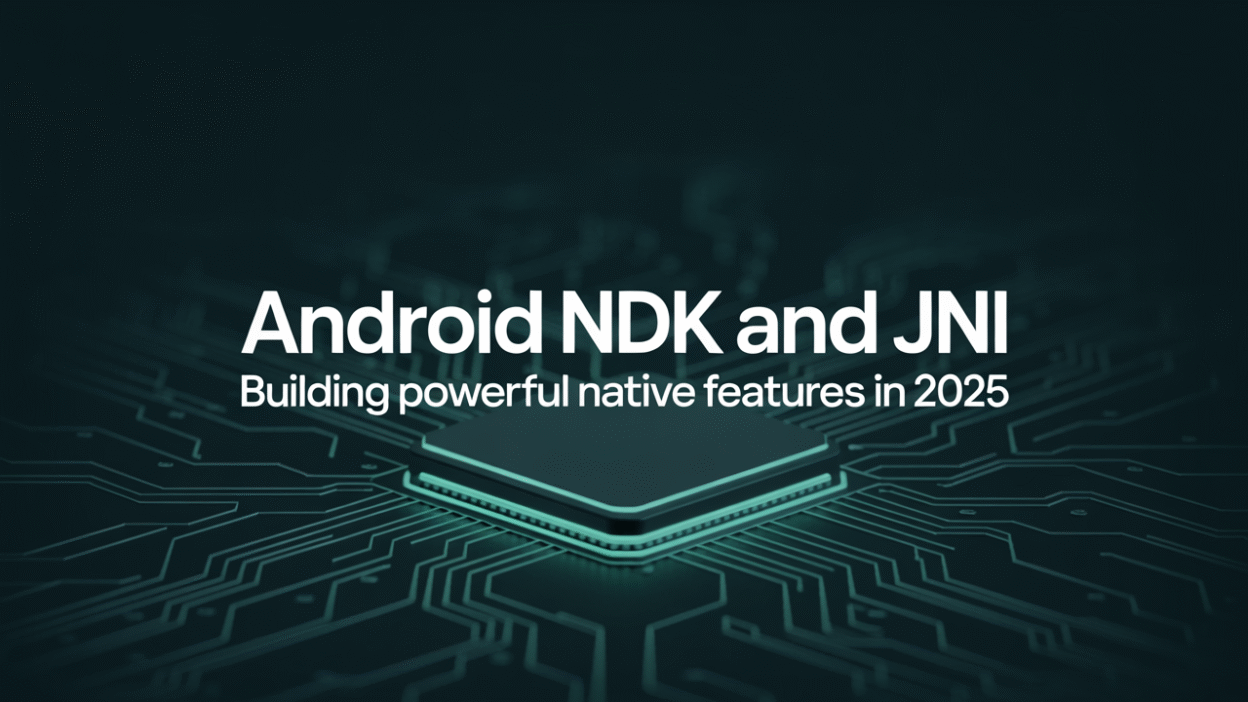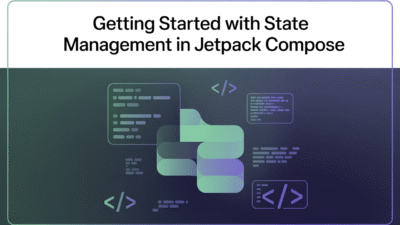In 2025, Android development continues to evolve with powerful tools that enable developers to build high-performance applications. Among the most critical components for advanced Android app development are the Android NDK (Native Development Kit) and JNI (Java Native Interface). These technologies allow developers to integrate native code—such as C and C++—into their apps, unlocking performance gains, access to low-level system features, and broader code reuse opportunities.
What is JNI?
The Java Native Interface (JNI) is a standard framework that enables interaction between Java-based code (like Kotlin or Java in Android apps) and native languages such as C and C++. It provides a bridge that allows Android apps to call functions written in native code and vice versa . This interface is crucial when working with performance-sensitive tasks like game engines, audio processing, or real-time simulations .
Understanding the Android NDK
The Android NDK is a toolset provided by Google that allows developers to implement parts of their applications using native code . While most Android apps are built using Java or Kotlin, the NDK opens the door to leveraging C/C++ for specific components where performance or hardware-level control is essential.
By using the NDK, developers can:
- Optimize performance-critical sections of an app.
- Reuse existing C/C++ libraries and frameworks.
- Access platform-specific APIs not available through the standard Android SDK.
This makes the NDK particularly valuable in domains such as augmented reality, machine learning inference, and multimedia processing .
How NDK and JNI Work Together
The NDK and JNI work hand-in-hand to provide native support within the Android ecosystem. The NDK compiles native code into shared libraries, which are then loaded into the app via JNI calls from the managed code (Kotlin or Java) . Developers write native methods in Java or Kotlin, and corresponding implementations in C/C++, which are linked at runtime through the JNI .
For example, if you’re developing a photo-editing app that requires pixel-level manipulation, you might use the NDK to implement the image-processing algorithms in C++ for speed, while using JNI to pass data back and forth between your Kotlin UI layer and the native logic .
Performance Considerations
While using the NDK can lead to significant performance improvements, it’s not always the right choice for every project. As noted in developer forums, using NativeActivity doesn’t inherently boost performance—it still relies on JNI under the hood . Therefore, developers should carefully evaluate whether the benefits of native code outweigh the added complexity, especially since debugging and maintaining native code can be more challenging than working purely in Java or Kotlin .
However, for computationally intensive tasks like physics simulations or cryptographic operations, the NDK can offer substantial gains. Moreover, modern tooling and better integration with Android Studio have made working with native code more accessible than ever before .
Debugging and Building Native Code
Debugging native code in Android has improved significantly over the years. With the Android Open Source Project now recommending the use of android-latest-release for building and contributing starting March 2025, developers benefit from more stable and consistent toolchains when working with native components . Tools like LLDB (Low-Level Debugger) now offer seamless debugging of both Java/Kotlin and C/C++ code within the same IDE session.
Conclusion
As we progress further into 2025, the Android NDK and JNI remain vital tools for developers aiming to push the boundaries of what Android applications can achieve. Whether you’re optimizing for performance, integrating legacy code, or accessing low-level system capabilities, understanding how to effectively use these tools is key to mastering advanced Android development.
If you’re ready to explore native development, start small—integrate one performance-critical component using JNI and the NDK, and gradually expand as you become more comfortable with the workflow. With the right approach, you’ll be able to deliver faster, more efficient, and feature-rich Android applications.


